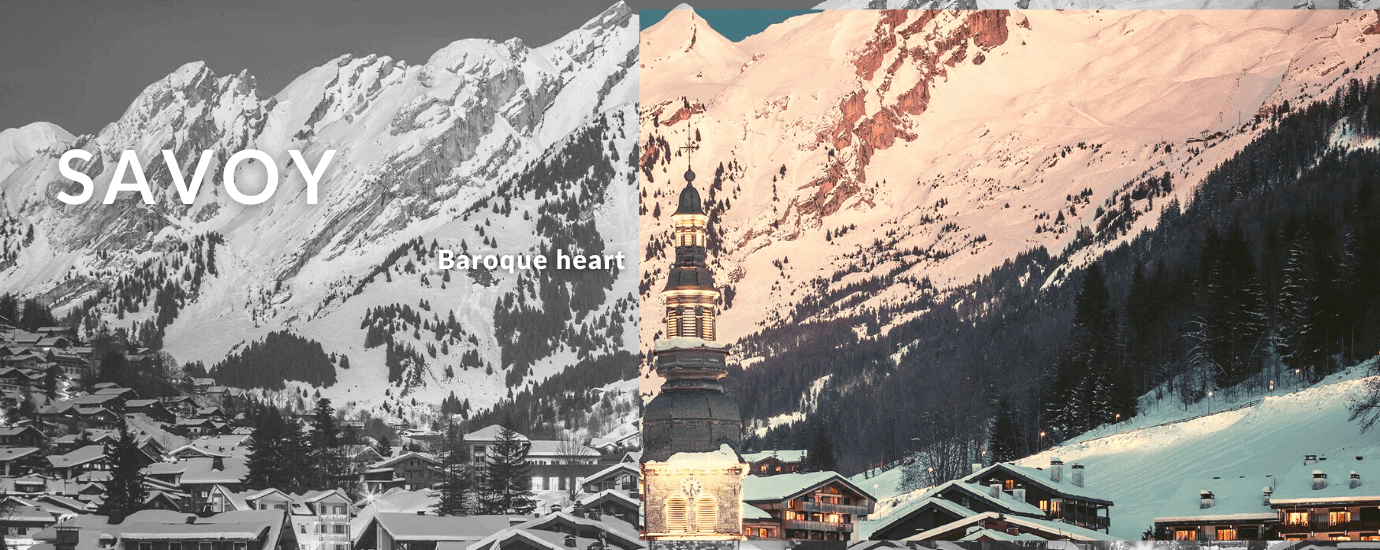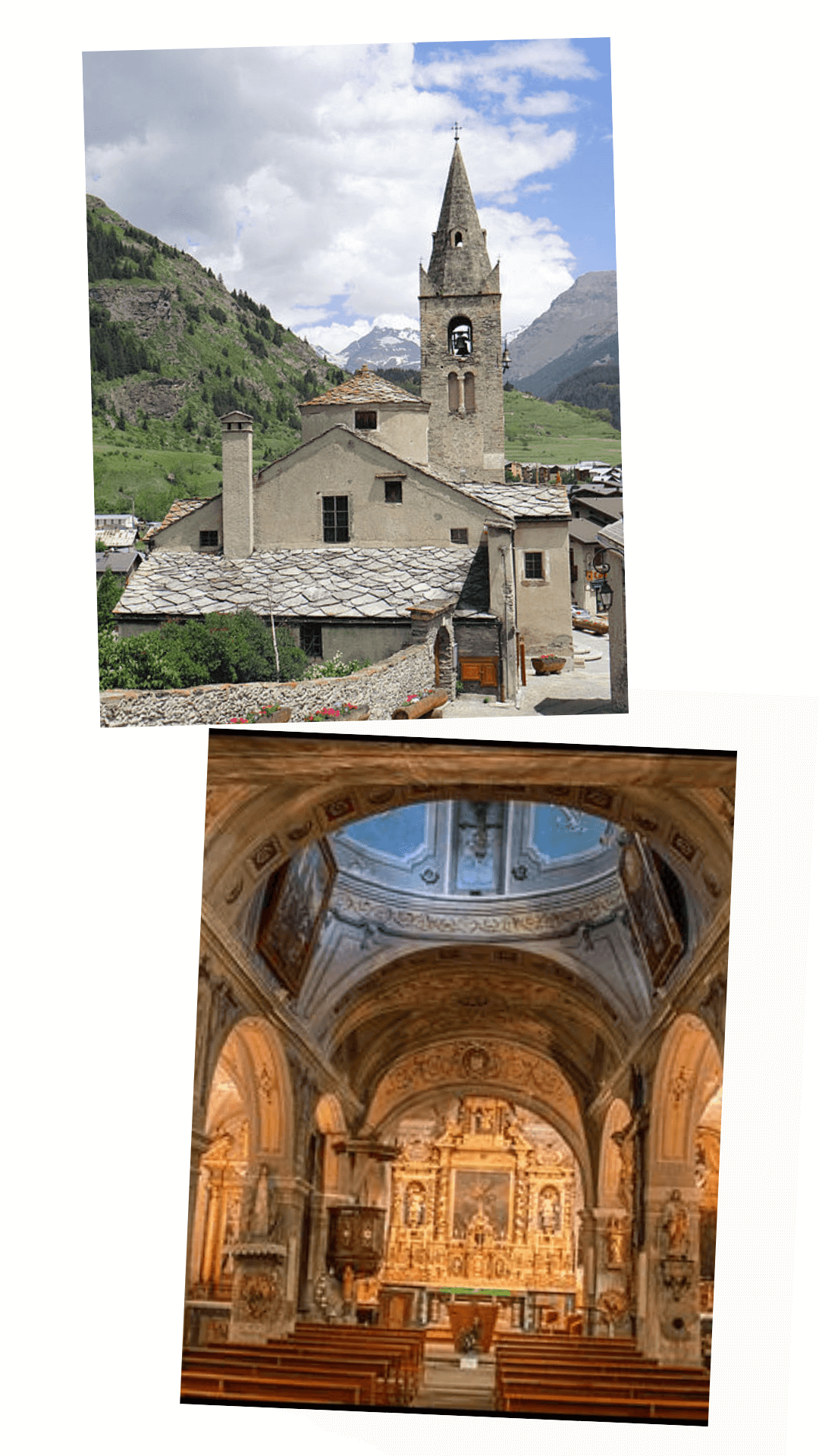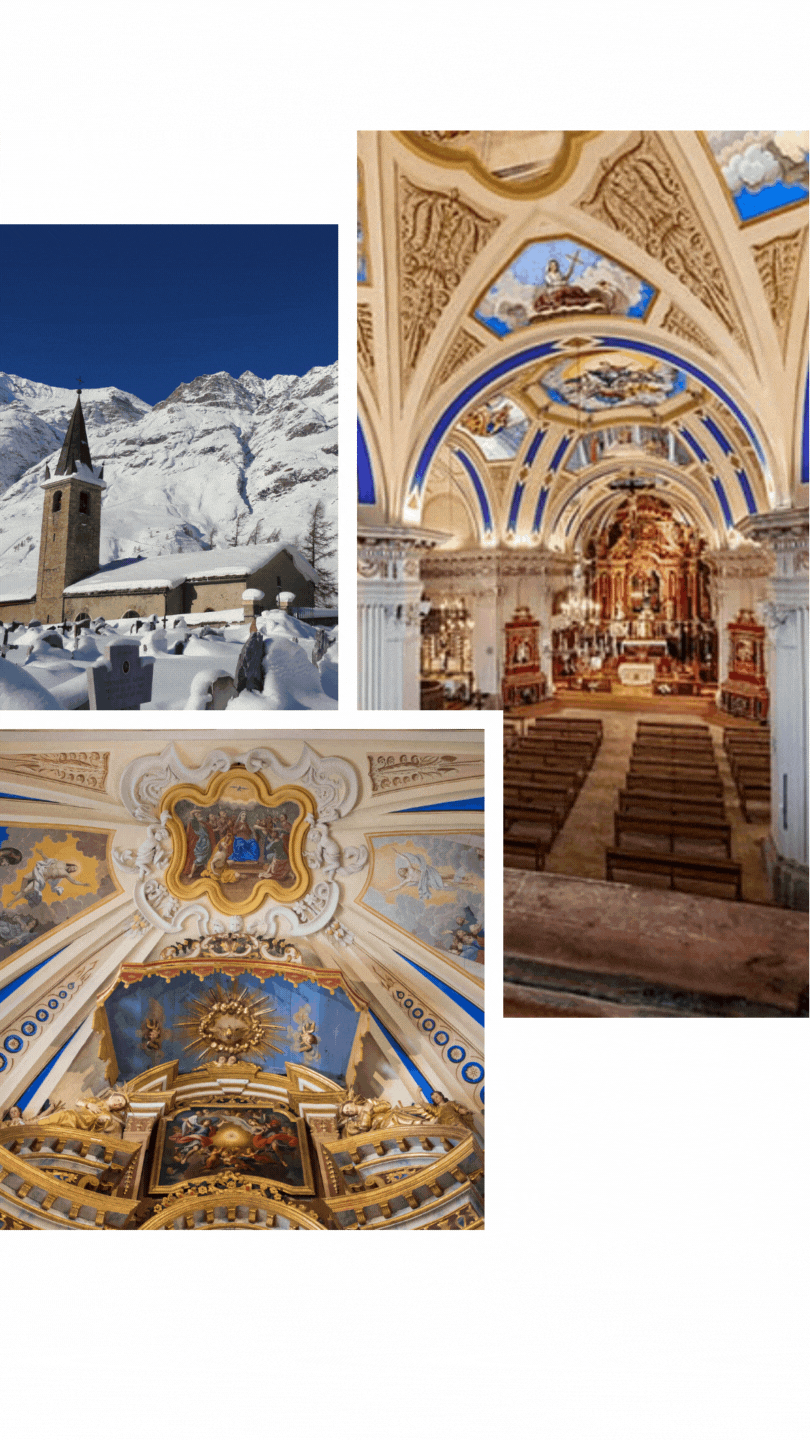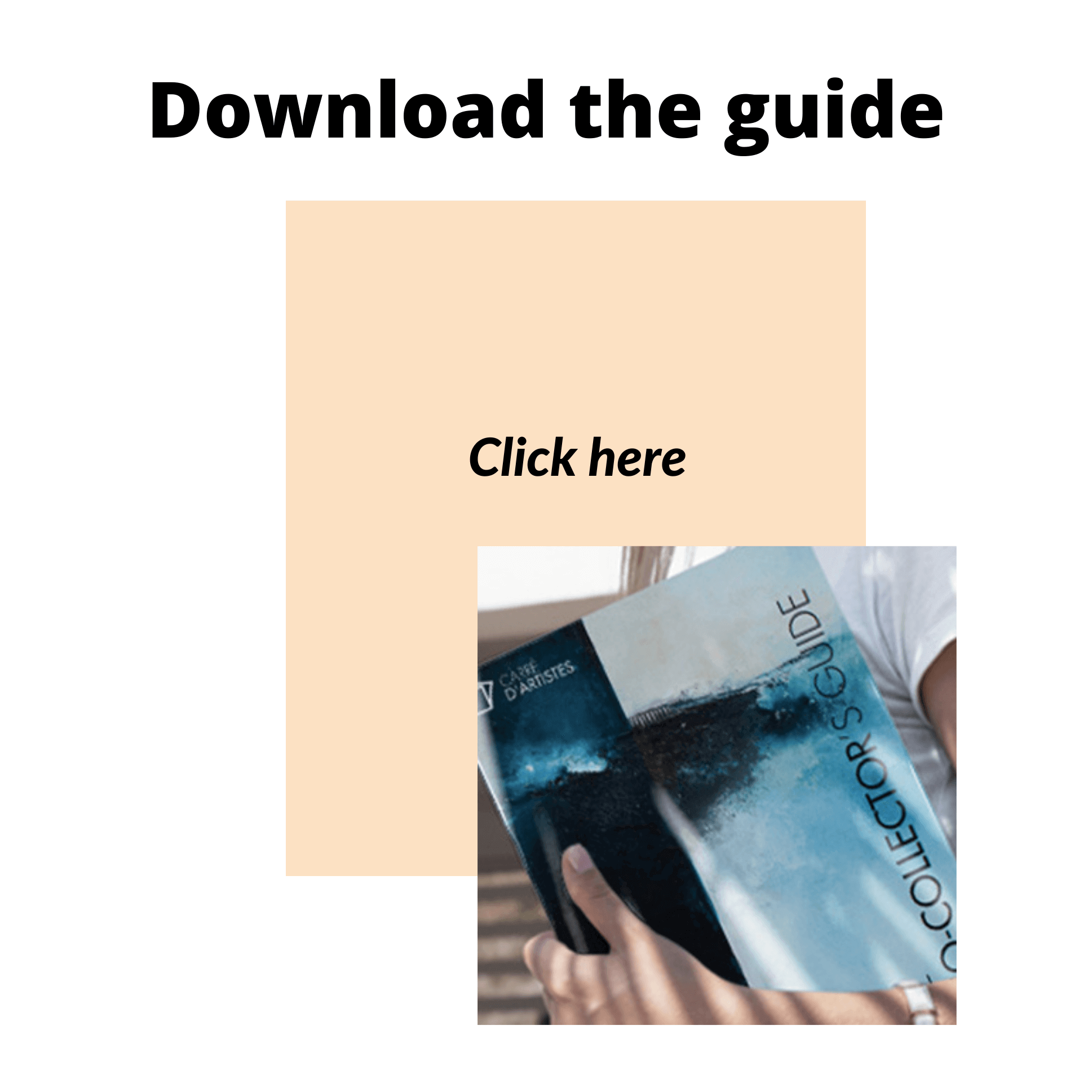EXCESSIVE AND OPULENT ART
Came out in Rome at the beginning of the 1600, and then spread to the entire Europe, baroque art is promoted and supported from its debuts by the Catholic Church.
Far from being innocent, this support at the time the Council of Trent (1545-1563), is a strong response to the Protestant Reformation.
The general idea is to bring art to the heart of the reconquest of souls.
Contrasting with the clear and simple rigor of the Renaissance, the term Baroque is often used for a derogatory purpose, to underline the excess, to mark the eccentric overabundance and the surplus of small details.
The religious venues are thus decorated with various and exuberant ornaments, completed with a golden and colorful architecture while sculptures, frescoes and statues praise The Lord and His Saints.
Just like the Church, the Aristocracy seizes this movement and sees a way to consolidate its power by impressing ordinary visitors.
In the greatest opulence, Baroque Palaces are built and this dramatic style becomes the reference of that era.













1.png)





